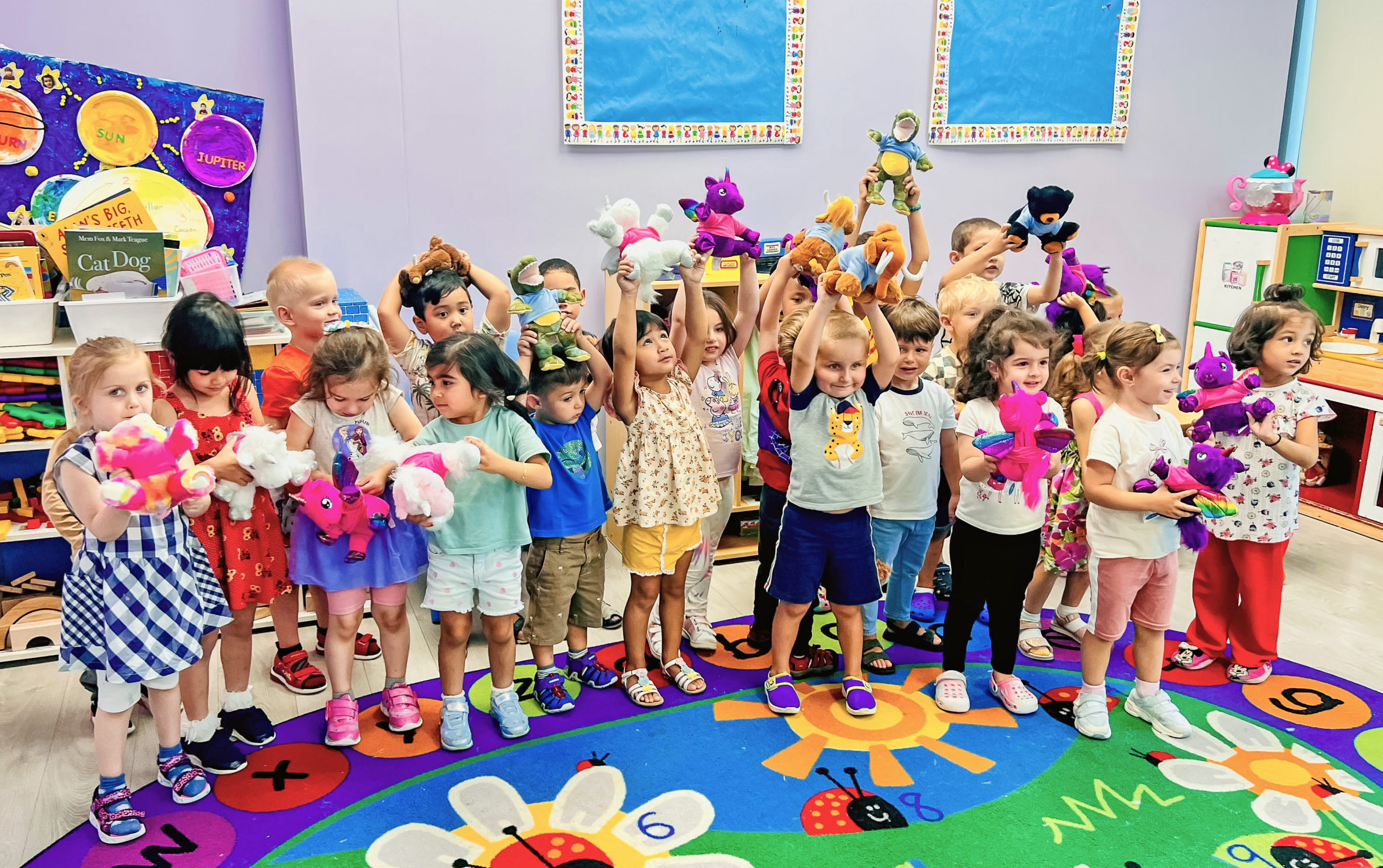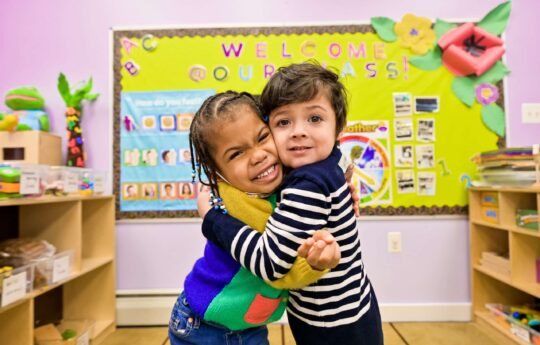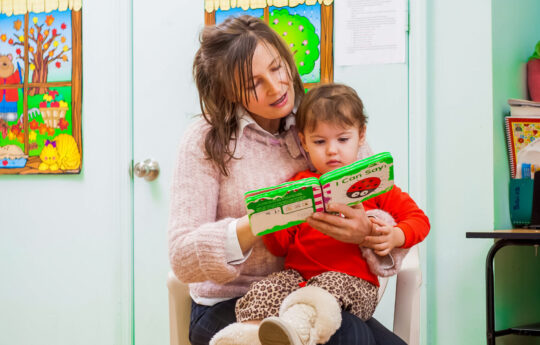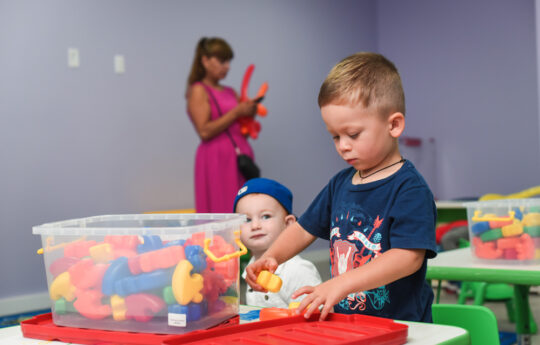
Nothing is cuter than a kid holding a dog, cat, or rabbit. Adopting an animal provides your child with important benefits in the future.
5 reasons to adopt an animal from a shelter
- You will save a life.
- You will instill compassion in your children.
- You will not support unscrupulous breeders.
- It’s free.
- You will get the most faithful friend.
How a dog (and other pets) affects your child’s mental and physical health
Playing with dogs frequently produces happy feelings that linger all day and even eases the symptoms of worry and despair. According to research, people who own pets have less loneliness-related anxiety and more feelings of support. Children who spend their childhoods with dogs have a special bond. It is evident that both children and animals get along well. Thus they feel very secure, which will eventually boost their self-esteem and, as a result, reduce any potential tension or worry that would otherwise compound other issues. A simple hug or touch will ease the kid’s tension.
Having a dog seems to have several health benefits for kids. Due to the fact that children’s immune systems get stronger if they are exposed to animals from an early age and develop a type of immunity, although it is true that parents will walk the dog, young children are welcome to join them. It goes without saying that youngsters will always have more area to play with the animals if you live in a house. Living an active lifestyle is made possible by this.
Check-list before welcoming a new member to the family
- Before adopting a pet, have a family discussion about it. It will be unpleasant to discover if the grandma has a dog allergy and the kid preferred a rabbit to a puppy.
- Make an effort to learn as much as you can about the animal. Consult knowledgeable friends, especially if they have kids, and read dog forums.
- Confirm that the animal is properly documented.
- Before you bring your new pet home, prepare a space for it: purchase food, dishes, toys, and bedding.
- Find the location of the nearest vet. You might not require this knowledge, but you should be aware of it.
- Consider taking a dog training course if you plan to get one. The canine companion will learn fundamental commands and assist in developing the proper attitude toward the owners.
- How to communicate with the new family member should be discussed with the baby in advance.
Animals and children: safety precautions
It is important to allow kids to engage with a pet rather than to keep them apart. Under your supervision, a baby up to a year old is permitted to pet a dog. Play catch-up with him. After a year, the child can use animal-specific toys such as sandpits, balls, and bows on strings. Additionally, you may and need to include the kid in pet care once two years have passed.
The following factors must be taken into account to ensure that interactions between children and animals are not only enjoyable but also safe:
- Regularly vaccinate your pet and bring it to the vet since some infections can be passed from animals to people.
- Even if a little child and a pet have been buddies for a long time, never leave them alone. Both sides have the potential to act suddenly aggressively.
- Tell the child that the animal cannot be taunted, kept from feeding, given a hard hug or scolding, or awakened when sleeping.
- Make the appropriate tests and immediately see a doctor if you think your child has an animal allergy.
A pet not only provides companionship, warmth, and affection, but it also has a significant impact on a child’s growth. In the company of a four-legged buddy, the youngster gains self-control and organization skills. A pet teaches a kid to take care of others. The ability to communicate with a pet will benefit the youngster in adolescence and teach them to take responsibility for their actions!



